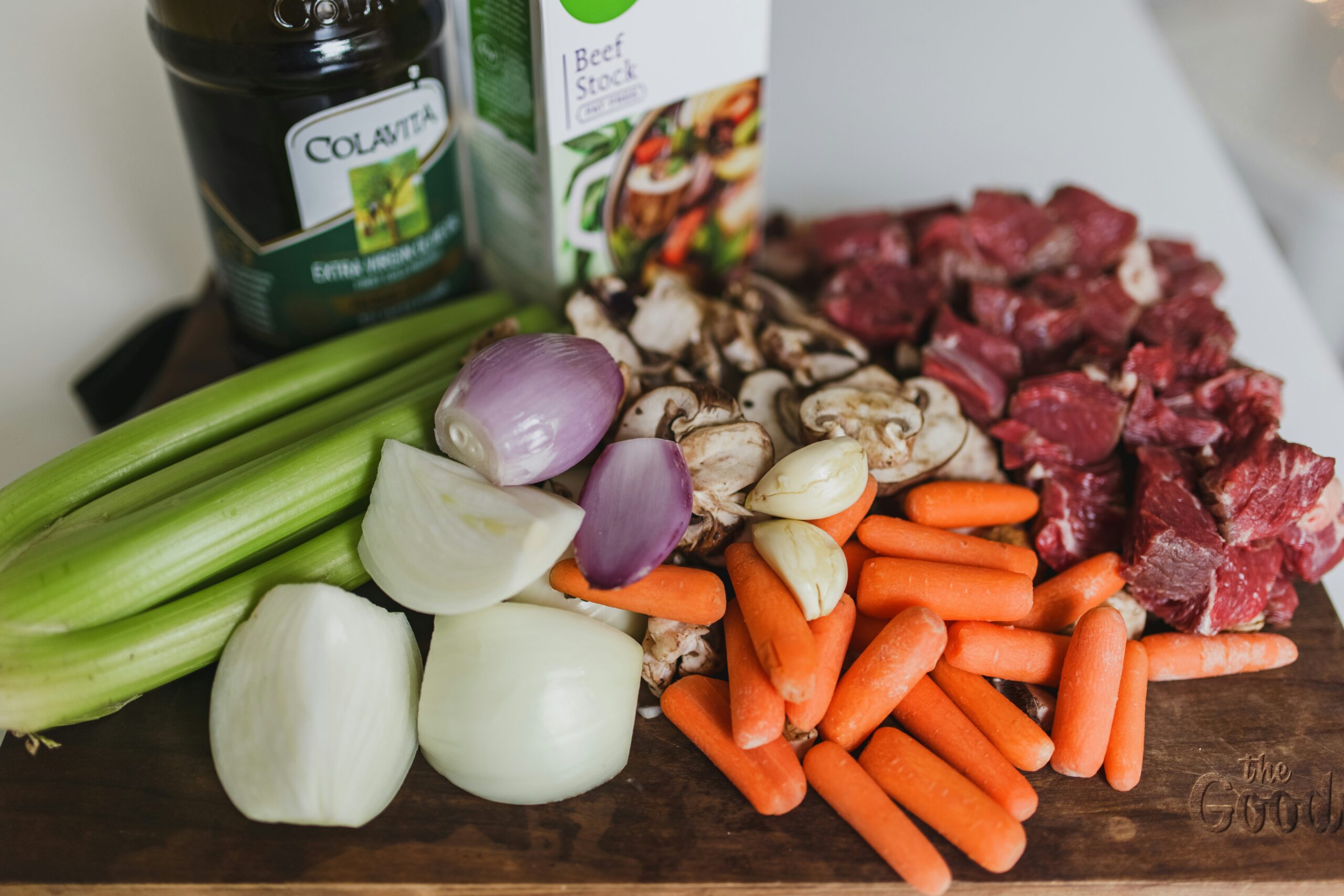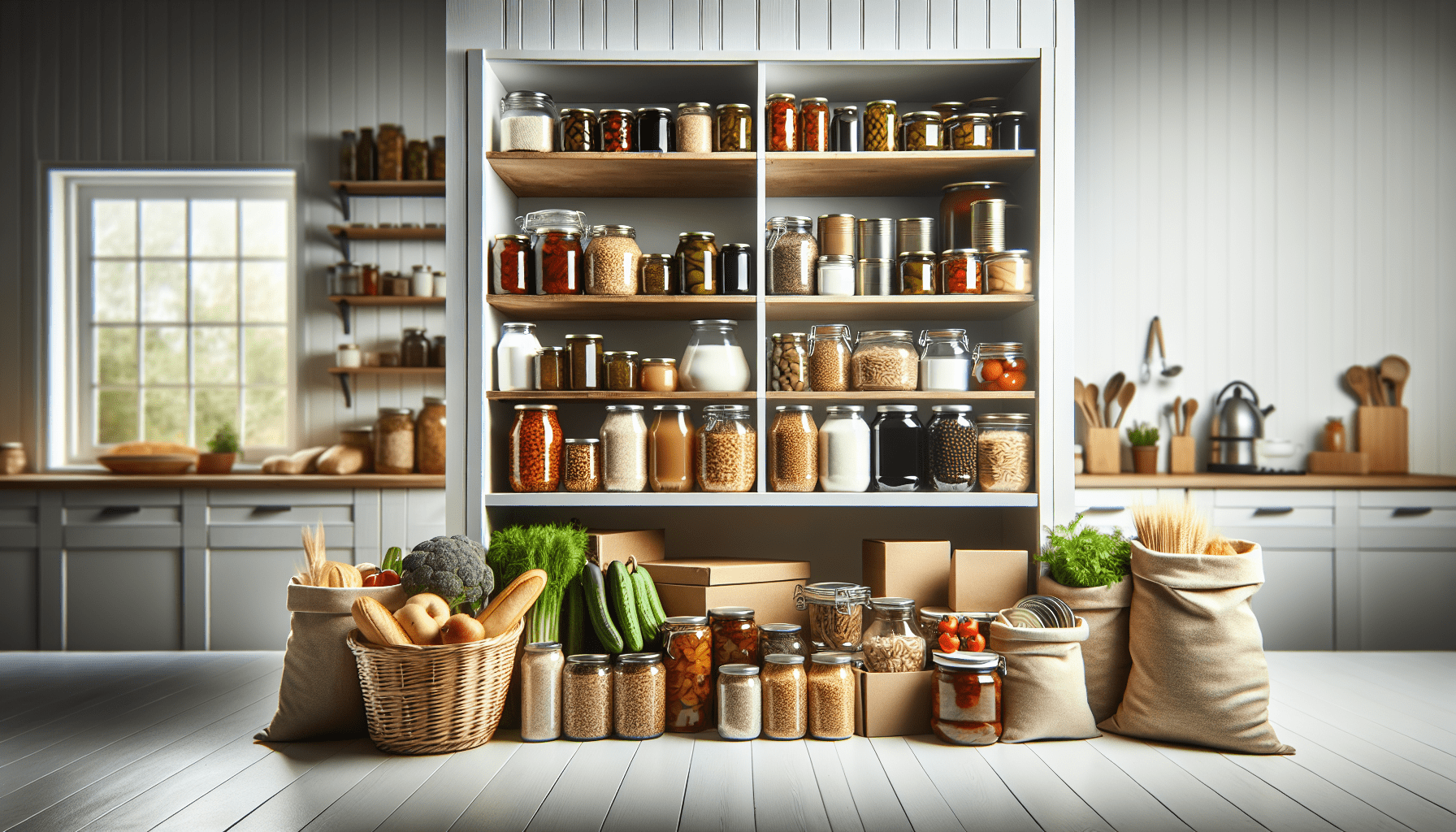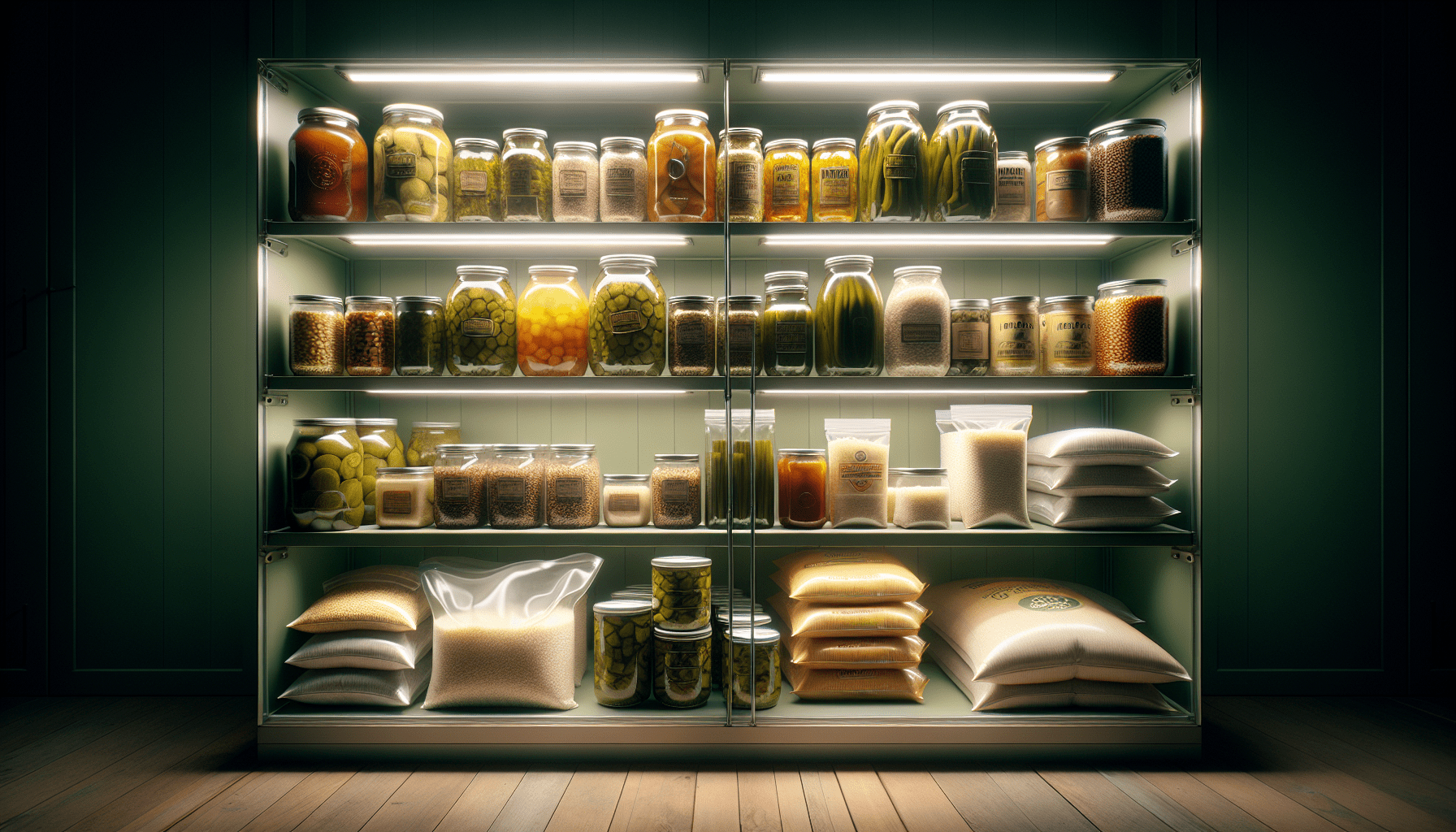How can you store emergency food properly? This is a question that often pops up, especially when you’re thinking about the future and wanting to ensure your family’s safety during unforeseen events. Properly storing emergency food can be the difference between peace of mind and potential disaster. Let’s break down the steps you need to take to ensure your emergency food remains safe, nutritious, and enjoyable.
Why Store Emergency Food?
When contemplating why you need to store emergency food, numerous scenarios might come to mind: natural disasters, power outages, economic difficulties, or even personal emergencies. Having a well-stocked emergency food supply provides a safety net, ensuring you have the essentials when conventional sources are unavailable.
Understanding the Basics of Food Storage
Shelf Life of Common Foods
Knowing the shelf life of common foods can help you decide what to store and when to replace it. Here’s a quick reference:
| Food Type | Shelf Life (Unopened) |
|---|---|
| Canned vegetables | 1-2 years |
| Rice | 2-5 years |
| Pasta | 1-2 years |
| Canned meats | 2-5 years |
| Dried beans | Indefinite (if stored properly) |
Storage Conditions
Proper storage conditions prolong the shelf life of your food. Aim for a cool, dark, and dry place to store your emergency food. The ideal temperature is between 50-70°F, with minimal humidity to prevent spoilage and pest infestation.

How to Prepare and Organize Your Food Storage
Rotating Your Stock
The key to effective food storage is regularly rotating your stock. This simply means using older items first and replacing them with new ones. Create a system where the oldest items are at the front and the new ones at the back.
Labeling
Clear labeling can save you a lot of trouble. Mark each item with the date of purchase and the expected expiration date. This way, you can easily identify what needs to be used or consumed first.
Types of Food to Store
Non-Perishables
Non-perishable foods are an excellent choice for emergency storage because of their long shelf life. Some examples include canned goods, dried pasta, rice, and grains.
Freeze-Dried Foods
Freeze-dried foods are lightweight, retain most of their nutritional value, and can last up to 25 years if stored correctly. Though they may be more expensive initially, the longevity and convenience can be worth the investment.
MREs (Meals Ready-to-Eat)
Initially designed for military use, MREs are a robust option for your emergency stash. They are ready-to-eat and can last for several years, making them ideal for quick meals during an emergency.

Packaging Methods
Vacuum Sealing
Vacuum sealing removes the air from packages, reducing the oxidation that can spoil food. It can extend the shelf life of items like nuts, grains, and dried fruits by several years.
Mylar Bags
Mylar bags, combined with oxygen absorbers, create a highly effective barrier against air and light. These bags are ideal for storing dry goods such as flour, rice, and beans.
Canning
Home canning is another method to preserve food. This technique involves placing foods in jars and heating them to a temperature that destroys microorganisms. When done correctly, canned foods can last a year or more.
Avoiding Common Mistakes
Not Monitoring Temperature and Humidity
Even if your food is stored in a cool, dry place, periodic checks are crucial. Use a thermometer and hygrometer to monitor and maintain the optimal conditions to prevent spoilage.
Storing in Original Packaging
The packaging that foods come with is often not designed for long-term storage. Transfer items to more durable and airtight containers like Mylar bags or vacuum-sealed bags.
Ignoring Pests
Pests can ruin your food supply. Use airtight containers and consider using natural repellents like bay leaves or diatomaceous earth around your storage area.

Special Considerations
Dietary Needs
If someone in your household has special dietary needs, like allergies or intolerances, make sure your emergency food supply includes suitable alternatives. Stock up on gluten-free, nut-free, or other specialty products as required.
Water Supply
Water is as crucial as food during an emergency. Plan to store at least one gallon of water per person per day. Additionally, consider having water purification methods like filters or purification tablets.
Keeping Inventory
Using an inventory system can simplify the management of your emergency food supply. A simple spreadsheet can help you keep track of what you have, its quantity, and expiration dates.
| Item | Quantity | Purchase Date | Expiration Date |
|---|---|---|---|
| Canned Corn | 10 cans | Jan 2023 | Jan 2024 |
| Rice | 20 lbs | Feb 2023 | Feb 2025 |
| MRE Chicken | 15 pks | Mar 2023 | Mar 2028 |
Regularly update this inventory and check your stock every few months to ensure everything is in order.

Creating Balanced Meals
While storing emergency food, consider the balance of nutrients. Aim for a mix of proteins, carbohydrates, and fats. Including a variety of foods ensures you’ll have more satisfying and nutritious meals.
Sample Meal Plan
- Breakfast: Instant oatmeal with dried fruit.
- Lunch: Canned tuna salad on crackers with a side of canned vegetables.
- Dinner: Rice with canned chicken and mixed vegetables.
- Snacks: Nuts, trail mix, or dried fruits.
Long-Term Storage Tips
Regular Checks
Perform routine checks of your emergency food storage area. Look for signs of spoilage, pests, or damages. Quickly address any issues to prevent further losses.
Environmental Controls
Investing in a dehumidifier can help maintain ideal conditions, especially if you’re in a humid climate. Likewise, a temperature-controlled storage room or basement can be beneficial.
Emergency Recipes
Learning and practicing recipes specifically designed for emergency foods can save you time and stress. There are several cookbooks and online blogs dedicated to meals made entirely from shelf-stable foods.

Psychological Comfort
Having comfort foods in your emergency stash can boost morale during tough times. Items like chocolate, coffee, or even instant soups can make challenging situations a bit more bearable.
Conclusion
Properly storing emergency food is not just about having enough to eat but ensuring that what you have will be nutritious and safe when you need it the most. By understanding the basics of food storage, keeping an organized inventory, and considering special dietary needs, you can create a reliable and balanced emergency food supply. Remember, the time you invest in setting up and maintaining your emergency food storage is time well spent, bringing peace of mind and readiness for whatever comes your way.

